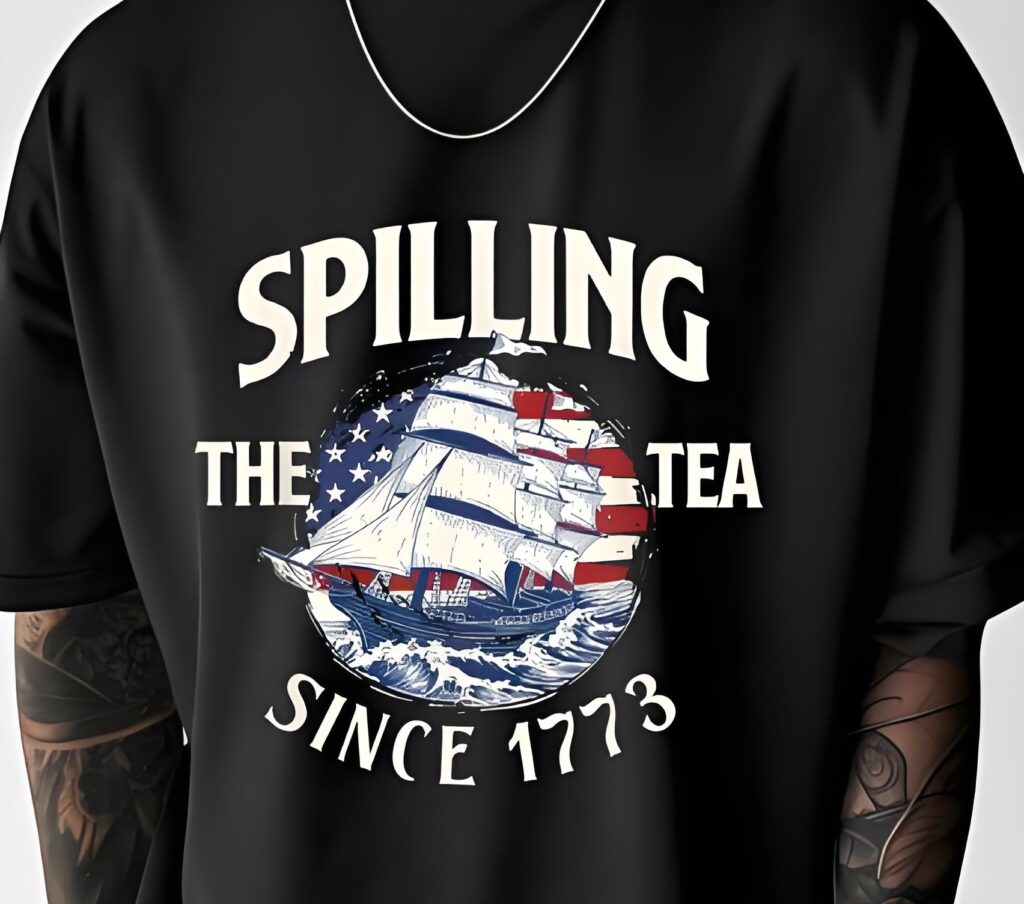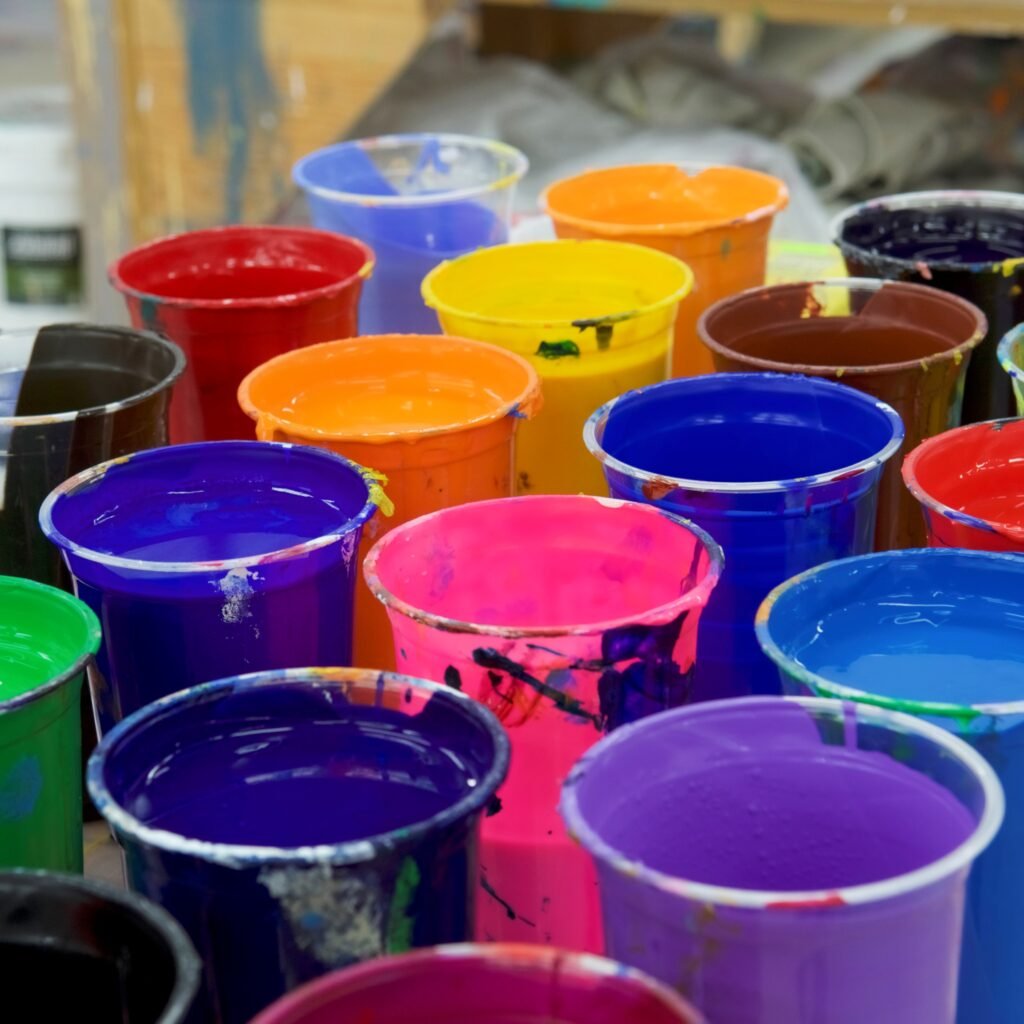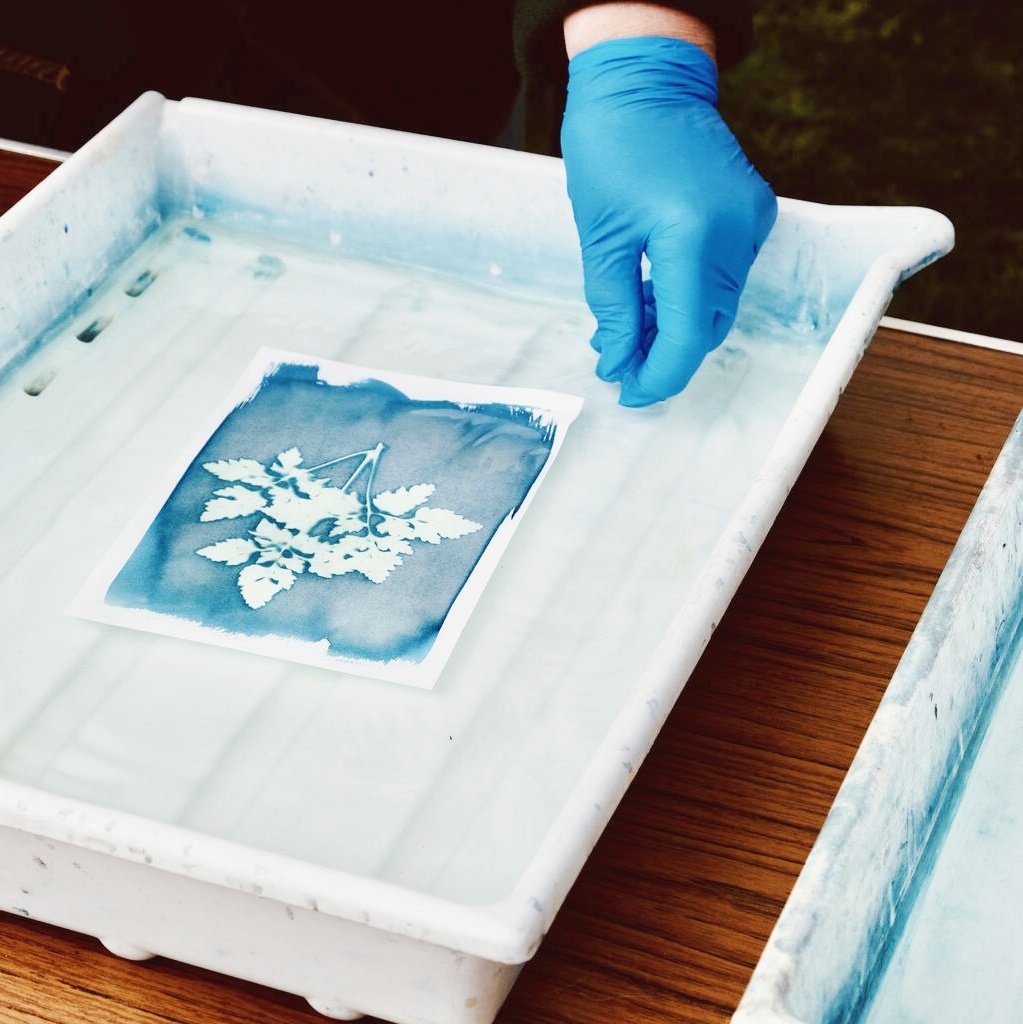Biały tusz plastizolowy jest kręgosłupem świata sitodruku — bez przesady! Niezależnie od tego, czy drukujesz wyrazistą grafikę na czarnych bawełnianych koszulkach, czy szukasz idealnego lodowcowo-białego podkładu, aby ożywić kolor, wybór białego tuszu często oddziela amatorów od profesjonalistów. Ale co naprawdę sprawia, że biały tusz plastizolowy jest najlepszy dla Twojej drukarni i dlaczego powinieneś się tym przejmować? Ten szczegółowy przewodnik obejmuje wszystko, od formuł premium low bleed po wskazówki dotyczące mieszania i doskonałe utwardzanie w celu uzyskania żywych, wysoce nieprzezroczystych wydruków. Jeśli kiedykolwiek miałeś do czynienia z migracją barwnika lub walczyłeś o gładkie, nieprzezroczyste wykończenie, tutaj znajdziesz prawdziwe odpowiedzi. Czytaj dalej, ponieważ opanowanie białego tuszu plastizolowego jest jednym z najszybszych sposobów na ulepszenie swojej gry w sitodruku i dostarczanie naprawdę przyciągających wzrok rezultatów.
Spis treści
1. Czym jest biała farba plastizolowa i dlaczego jest niezbędna w sitodruku?
Biurokracja tuszu plastizolowego inspiracja nowoczesnego sitodruku, ceniona za wszechstronność na tkaninach takich jak bawełna i poliester. Ale jeśli chodzi o biały tusz plastizolowy, drukarze zwracają na niego szczególną uwagę. Biały tusz to nie tylko kolor — to klucz do odważniejszych, bardziej żywych wydruków, służący zarówno jako samodzielny kolor, jak i warstwa podkładowa, która umożliwia wyeksponowanie różnych odcieni. Kremowa konsystencja pierwszorzędnego białego tuszu plastizolowego sprawia, że jest on gładki w użyciu, rzadko wysycha wewnątrz ekspozycji, a nawet zielone drukarki mogą uzyskać gładką powierzchnię dzięki praktyce.
Oprócz bycia rozsądnym pragnieniem, biały tusz plastizolowy działa jak papierek lakmusowy dla zdolności każdej drukarki wystawowej. Osiągnięcie właściwej krycia, zminimalizowanie rozpływu i uzyskanie gładkiej ręki na bawełnianych ubraniach, wszystko to zależy od właściwego białego tuszu i techniki. Każda misja drukowania, od zdjęć o wysokiej zawartości elementów po serie masowe, korzysta z badania tego podstawowego pigmentu.
2. Jak biały tusz wypada w porównaniu z innymi kolorami w sitodruku?
Podczas gdy tusz plastizolowy w odcieniu wzbudza ogromne zainteresowanie, biały tusz jest zupełnie wyjątkowy. Jest naturalnie grubszy i bardziej nieprzezroczysty niż inne odcienie — mimo wszystko nikt nie chce głupiej, prześwitującej bieli na odważnej, ciemnej bluzce. Ta nieprzezroczystość sprawia, że jest to gwiazda wśród warstw podkładowych. Ale z tą nieprzezroczystością wiążą się dodatkowe wyzwania: biały tusz może być trudniejszy do przebicia przez wyświetlacze o drobniejszej siatce, a grubszy tusz może wymagać zmian w napięciu sita lub ustawieniach prasy.
Biały tusz plastizolowy jest również najbardziej prawdopodobnym sposobem na ujawnienie problemów z sitodrukiem lub techniką drukowania. Smugi, zjawy i brak ubezpieczenia są o wiele bardziej widoczne w przypadku białego tuszu. Na szczęście, przy odpowiedniej mieszance i doskonałym plastizolu, możesz zbierać kolorowe nadruki na niemal każdym materiale. Jeśli jesteś początkujący w sitodruku, rozpoczęcie od białego tuszu jest świetnym sposobem na doskonalenie umiejętności prasy i rakli.
3. Co sprawia, że coś jest świetne Biały Atrament plastizolowy Nieprzezroczyste i jasne?
Pierwszorzędny biały tusz plastizolowy zapewnia niezrównaną nieprzezroczystość i żywe wykończenie natychmiast po wyjęciu z wanny. Ale co daje tuszowi lepsze ubezpieczenie? Sekret tkwi w jego zawartości pigmentu, mieszance żywicy i sposobie, w jaki oddziałuje z włóknami tkaniny. Opcje premium, takie jak Glacier White lub Poly White, są opracowane tak, aby zapobiegać migracji barwnika i zapobiegać rozmazywaniu nawet w przypadku trudnych poliestrów lub ciemnych mieszanek.
Wysoka nieprzezroczystość nie tylko świetnie wygląda — zapewnia również, że można użyć cieńszych warstw, aby uzyskać delikatny nadruk i giętki. Niezależnie od tego, czy drukujesz na koszulkach na zawody lekkoatletyczne, czy na mundurach dla wydziału, uzyskanie wyrazistej bieli, która nie jest gruba, sprowadza się do użycia odpowiedniego systemu, pamięci siatki i metody drukowania.
4. Jak utrwalić tusz plastizolowy, aby wydruk był trwały?
Utwardzanie tuszu plastizolowego to technologia i dzieło sztuki w jednym. Tusz plastizolowy nie wysycha na powietrzu; musi być wystawiony na odpowiednią temperaturę — zwykle około 320°F (160°C) — wystarczająco długo, aby żywica się utrwaliła. Niedostateczne utwardzenie spowoduje pęknięcie lub wypłukanie nadruku; nadmierne utwardzenie spowoduje, że tusz stanie się kruchy lub przypali ubranie.
Biały tusz plastizolowy często ma wyjątkowe wymagania co do środka zaradczego ze względu na gęstszą formułę i duże obciążenie pigmentem. Wersje Low Therapy i Short Flash są teraz dostępne, dzięki czemu drukarkom łatwiej niż kiedykolwiek jest wykonywać szybkie linie produkcyjne bez poświęcania przyjemności druku. Te tusze są szczególnie przydatne w przypadku tkanin sztucznych, które nie wytrzymują wysokich temperatur.
5. Niskie rozlewanie i migracja barwnika: dlaczego są ważne w przypadku białego tuszu?
Odporność na rozlewanie to nie tylko reklamowe słowo-klucz w międzynarodowym sitodruku! Poliester i tkanina poliestrowa są znane z migracji barwnika — tendencji barwnika odzieżowego do przesiąkania do tuszu, zmieniając białe nadruki na różowe lub szare z biegiem lat. Biały tusz plastizolowy o niskim rozlewaniu rozwiązuje ten problem, działając jako solidna bariera między bluzką a tuszem.
Jeśli pracujesz z poliestrowymi ubraniami, zazwyczaj wybieraj formułę low bleed lub poly white. Podobnie tusze low therapy chronią kolorowe lub wrażliwe na ciepło tkaniny, zapewniając, że żywy nadruk pozostanie taki sam po każdym praniu. Kontrola bleed jest kluczowa dla profesjonalnych efektów, a nic nie jest gorsze niż zobaczenie, jak wysokiej jakości biel blaknie w niepożądany odcień!
6. Jaki jest najlepszy biały tusz plastizolowy do bawełny, poliestru i mieszanek?
Znalezienie ładnego białego tuszu plastizolowego nie jest uniwersalne. Koszule bawełniane są zazwyczaj wyrozumiałe; tusz premium o wysokiej nieprzezroczystości zapewnia miękkie, ambitne rezultaty. Poliester i mieszanki stwarzają nowe, wymagające sytuacje: będziesz potrzebować formuły low bled, poly white lub glacier white, aby zwalczać migrację barwnika.
Niektóre drukarki wystawowe przysięgają na marki takie jak Wilflex lub International Coatings, znane z konsekwentnych rezultatów w przypadku tkanin bawełnianych i poliestrowych. Jeśli realizujesz zamówienia na duże galony, porównaj wydajność między tuszami klasy premium i podstawowej, mając na uwadze wyjątkowe wymagania sklepu, ubrań i klientów. Intencja: zawsze dostarczaj
7. Profesjonalne techniki mieszania i stosowania białej farby sitodrukowej
Biały tusz to coś więcej niż nabieranie i rozwijanie. Profesjonaliści wiedzą, że nawet zadowalający tusz plastizolowy korzysta z dokładnego mieszania tuszu — niezależnie od tego, czy używasz automatycznego urządzenia mieszającego, czy tylko szpatułki. Dokładne mieszanie przed użyciem zmiękcza kremowy plastizol, zapobiega rozwarstwianiu i gwarantuje równomierne krycie w każdym galonie.
Używając białego tuszu plastizolowego jako podkładu, upewnij się, że używasz siatki, która równoważy szczegóły z pokryciem. Aby uzyskać dodatkową jasność, drukarki często stosują podwójne uderzenie (drukowanie, błyskanie i drukowanie jeszcze raz), tworząc nieprzezroczystą warstwę bez narażania delikatnej ręki. Jeśli czujesz się innowacyjny, możesz nawet mieszać własne odcienie słońca, używając białej bazy i koncentratów pigmentowych.
8. Miganie, czas oczekiwania i szybkie miganie: wskazówki dotyczące płynnej produkcji
Nic nie spowalnia druku tak jak wadliwe miganie lub czas życia! Utwardzanie błyskowe to sztuka szybkiego żelowania białego tuszu między kolorami, dzięki czemu można nałożyć różne tusze na wierzch bez rozmazywania lub zalewania elementu. W przypadku białego tuszu kluczowy jest krótki czas migania — powinien on być wystarczający na lepką, nie do końca utwardzoną powierzchnię.
Czas przebywania (ilość czasu, jaką bluzka spędza pod suszarką) wpływa na ostateczne utwardzenie. Zbyt krótki czas i plastizol nie zostanie w pełni utwardzony; zbyt duża ilość i ryzykujesz przypaleniem tkaniny. Nowoczesne niskie warunki obróbki i krótkie błyski bieli przyspieszają produkcję, pomagając Ci realizować duże zamówienia i utrzymać wykończenie premium za każdym razem.
9. Wybór białych win premium: Wilflex, Glacier White i Poly White w galonach
Gdy rozpoznawalność Twojego sklepu jest w drodze, warto zaakceptować jako prawdę dzięki sprawdzonym markom i najwyższej jakości białej formule tuszu plastizolowego. Wilflex produkuje gamę tuszów o wysokiej kryciu i niskim rozlewaniu, które wyznaczają standardy w branży, podczas gdy tusze Glacier White zyskują uznanie za bardziej żywe wykończenie i zauważalną odporność na rozlewanie na sportowych koszulkach poliestrowych.
Poly white to co drugi pass-to dla trudnych wydruków, oferując elastyczność i zaawansowane ubezpieczenie mieszanek i tkanin syntetycznych 100%. Zamówienie z pomocą galona oszczędza pieniądze i zmniejsza niespójność między partiami — prawdziwy atut, gdy podejmujesz się dużych zadań drukowania. Cokolwiek wybierzesz, zawsze sprawdź zgodność z prasą, sprzętem do utwardzania i wybranym materiałem.

10. Systemy mieszania farb i przyszłość sitodruku z białego plastizolu
Nasz globalny sitodruk ciągle ewoluuje, a struktury mieszania farb pozwalają teraz sklepom tworzyć niestandardowe odcienie bieli lub wybierać żywe, potężne podkłady na żądanie. Zautomatyzowane systemy zapewniają większą spójność w partiach, ograniczają odpady i otwierają nowe możliwości mieszania unikalnych farb — zakładamy alternatywy z połyskiem, puchem lub bezftalanowate.
Premium white inks keep getting higher, with lower treatment temperature, greater resisting and the soft finger than ever earlier than. Przyszłość? Ekologiczny, bardziej elastyczny biały tusz plastizolowy, wspomagający wszystko, od skomplikowanych zadań wielokolorowych po proste, wyraziste koszulki. Bez względu na to, jaką ścieżkę obierze era, poznanie białego tuszu w dzisiejszych czasach przygotowuje Cię do sukcesu w sitodruku następnego dnia.
Najważniejsze wnioski: Twój krótki przewodnik po opanowaniu techniki białego tuszu plastizolowego
- Biały tusz plastizolowy jest niezbędny zarówno do ambitnych, samodzielnych wydruków, jak i jako podkład pozwalający na uwydatnienie różnych odcieni.
- Jasne, wysoce kryjące tusze o niskim współczynniku rozlewania są najlepszym wyborem w przypadku wydruków o profesjonalnej jakości, w szczególności na odzieży poliestrowej lub łączonej.
- Właściwa temperatura obróbki, czas ekspozycji i technika błysku są istotne, aby zapobiec wypłukiwaniu, migracji barwnika lub przypaleniu materiału.
- Marki takie jak Wilflex, Glacier White i International Coatings są liderami na rynku pod względem ogólnej wydajności, spójności i prostoty użytkowania.
- Dokładnie wymieszaj biały tusz, wybierz odpowiednią siatkę i nanieś farbę dwukrotnie, aby uzyskać maksymalną jasność i krycie.
- Niskie koszty naprawy i krótkotrwały błysk białych atramentów przyspieszają produkcję i chronią tkaniny wrażliwe na temperaturę.
- Zautomatyzowane struktury mieszania farb rewolucjonizują spójność i niestandardowe formuły w sitodruku plastizolowym.
- Zawsze dostosowuj biały tusz i metodę drukowania do rodzaju włókna, koloru i mieszanki materiałów, z których wykonana jest Twoja odzież.
- Inwestycja w najwyższej jakości biały tusz plastizolowy opłaca się w każdym zadaniu — od małych serii po duże zamówienia na koszulki.
- Opanowanie umiejętności posługiwania się białym tuszem to Twoja prosta droga do uzyskiwania doskonałych, najwyższej jakości wydruków na każdą okazję.



